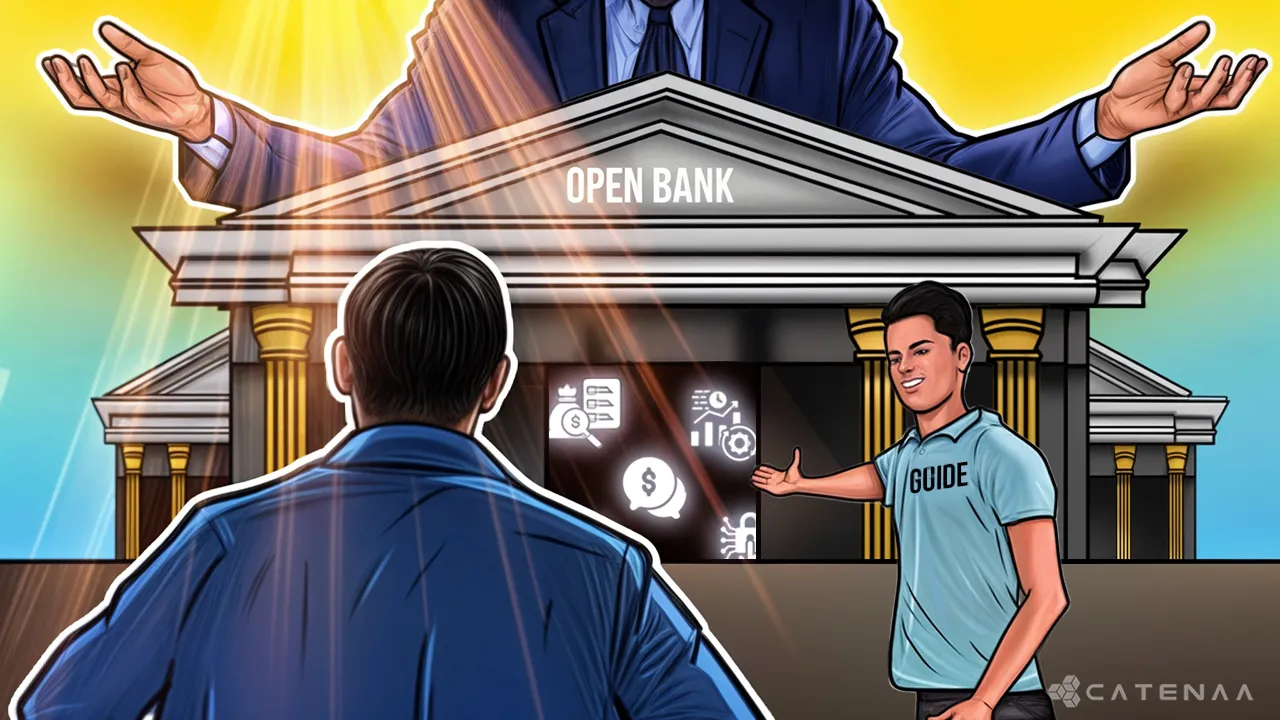Are you frustrated by stacks of bank statements and having trouble understanding your finances?
Traditional banking is secure, but it does not always provide a clear view of your financial situation. Imagine if your financial information was not hidden away but instead easily accessible! This is the concept underlying open banking. It’s a new type of banking that allows you to securely share your bank data with other apps and services. This makes budgeting easier and offers you greater control over your finances.
This blog will help you comprehend open banking. We’ll explain how it works, who is involved, and why it’s important for your finances. Here’s what we’ll discuss:
prioritized. We may anticipate a time when financial management is not only safe but also individualized, effective, and available to everyone as technology advances and widens its use.
- Open Banking Explained – We’ll begin by contrasting traditional banking with the emerging world of open banking. You’ll discover how open banking allows you to share your bank data with other apps safely. With your consent, of course!
- The Open Banking Eco System – Discover the important actors in this new system, including your bank and emerging fintech businesses. We’ll also look at how rules help keep things safe and secure.
- Real World Examples – Explore some compelling examples of how open banking is already making a difference. We’ll show you how it can help you manage your money more effectively, make faster payments, and gain access to new financial products.
- Security and Future – Critical considerations concerning security and privacy in open banking. We’ll also investigate what the future holds for this amazing new technology.
Open Banking Explained
What is Open Banking?
In open banking, your bank account information can be shared securely with other apps and services if you permit them. Consider it as follows:
“Usually, only you and the bank have access to the information about your bank account, which is kept safe in a vault. With your permission, open banking provides a safe means for approved apps to retrieve particular information from your vault.”
The key thing is that you are always in control. You control which apps have access to your data and what data they can view. Robust security measures are also in place to protect your data. A new and creative approach to money management, open banking gives you more flexibility and control over your financial information.
The Role of APIs in Open Banking
It’s Application Programming Interfaces (APIs) that do the magic in open banking. Consider APIs as safe online channels via which, after you’ve given permission, authorized third-party providers (TPPs) can access particular parts of your financial data. These APIs operate as safe passageways linking a plethora of cutting-edge financial apps with your bank account.
APIs, like weather apps and open banking APIs, allow authorized apps to request specific details from a bank without granting full access to the entire device. They are built with strict security protocols for safe data exchange. 1
Exploring the Possibilities of Open Banking
Although open banking is still in its infancy, it has a bright future ahead of it. Here’s a little peek at what is ahead:
- Open Finance: The idea of sharing public data might be used to investing, insurance, and loyalty programs, among other fields, in addition to banking. In the future, all of your financial information will be seamlessly integrated to provide a completely comprehensive picture of your financial situation. 2
- AI-Powered Financial Management: The creation of potent AI-powered financial solutions may be fueled by open banking data. Consider AI personal assistants who can track your spending patterns, automatically transfer money to savings accounts, or even identify possible financial hazards.
- Improved Financial Inclusion: Underserved groups may have greater access to financial services thanks to open banking. Open banking can make it easier for those with a short credit history to get loans and other financial products by utilizing data sources other than standard credit ratings. The way that open banking promotes financial inclusion is outlined in Babatunde Raji’s article on LinkedIn.
Challenges and the Road Ahead
The future of open banking is not without difficulties. It will be essential to maintain consumer confidence in data security procedures and to make sure that everyone in the ecosystem has an even playing field. Furthermore, unambiguous worldwide guidelines must be developed to promote the widespread use of open banking. Open banking is here to stay and appears to have a promising future. Open banking can completely change the way we handle our finances if strong security measures are put in place and user autonomy is prioritized. We may anticipate a time when financial management is not only safe but also individualized, effective, and available to everyone as technology advances and widens its use.
- Open Banking: https://stripe.com/resources/more/open-banking-explained[↩]
- Open Banking: https://gocardless.com/guides/posts/open-finance-vs-open-banking/[↩]

